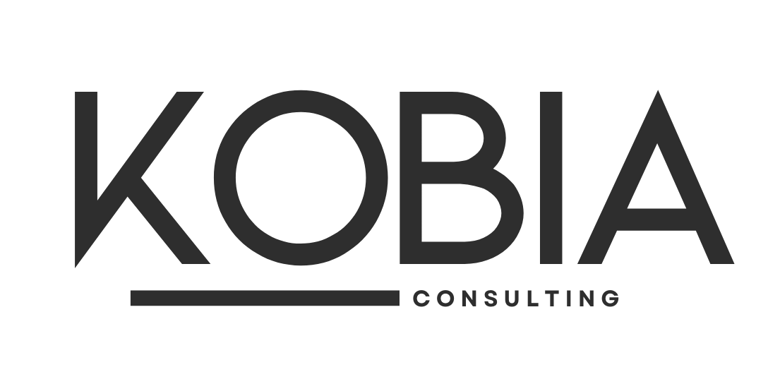5 Proven Ways to Supercharge Your Nonprofit Fundraising Strategy
Tired of not having a clear direction? It's easy to regain focus and structure with our 5 tips.
When it comes to fundraising, there’s no one-size-fits-all approach. With so much advice and so many best practices floating around, it’s easy to feel overwhelmed. The truth is, your nonprofit’s fundraising strategy should be as unique as your mission. After all, what works for a grassroots organization raising $500,000 a year with a team of two won’t necessarily apply to a national nonprofit bringing in $50 million annually with a dedicated fundraising team.
That said, some core principles apply across the board—what I like to call “needle-movers.” These are the essential elements that help move your fundraising efforts from good to great. If any of these five things aren’t crystal clear, it might be time to fine-tune your fundraising approach.
1. Are you crystal clear on your organization’s mission, vision, and impact?
This might sound like a no-brainer, but it’s worth revisiting regularly. Your mission is what you tell people when they ask what your organization does. It’s the heart of your nonprofit. Your vision is the future you’re striving to create—it’s what inspires donors to think beyond today and imagine what’s possible. And your impact? That’s the reason you and your team get out of bed every morning. It’s the change your organization creates in the world.
If you’re not able to clearly articulate all three, it’s time to revisit your messaging. Donors give because they believe in your mission, are inspired by your vision, and are moved by your impact. Make sure those three things shine through in every interaction.
2. Can you name your top 10 donors—right now?
Quick—without looking at a list, can you name your organization’s top 10 donors? If not, it’s time to reconnect. Your top donors are the backbone of your fundraising success, and building strong, lasting relationships with them is key.
Ask yourself: When was the last time you engaged with each of these donors? Not just with a thank-you note, but through meaningful conversations that make them feel like valued partners in your mission. The more connected they feel, the more likely they are to continue supporting—and even increase their giving.
3. Are you asking for money—directly and intentionally?
This one might surprise you. Most fundraisers will say, “Of course we’re asking for money!” But when I dig a little deeper, I often find that’s not the case—or at least not as often, as directly, or as thoughtfully as it should be.
Here’s the thing: Donors aren’t mind readers. If you don’t make a clear, compelling ask, they might not realize how much their support is needed. And if you’re not asking in person, at the right time, and with the right message, you could be leaving money on the table. Don’t be afraid to ask! With practice, it becomes easier—and more natural—over time.
4. Is 100% of your board giving—and helping with fundraising?
Your board members should be your nonprofit’s biggest champions. Not only should they be giving financially, but they should also be actively engaged in your fundraising efforts. After all, they’re in a unique position to open doors, make introductions, and advocate for your mission within their networks.
If your board isn’t fully committed to both giving and fundraising, it’s time to have a candid conversation. Set clear expectations and provide them with the tools and support they need to succeed. When your board is fully invested, it sends a powerful message to potential donors.
5. How are you thanking, recognizing, and engaging your donors?
Never underestimate the power of a heartfelt thank-you. Donors want to know their contributions are making a difference, and thoughtful, personalized recognition goes a long way. But don’t stop there—keep the relationship going. Share updates on the impact of their gifts, invite them to events, and look for ways to involve them more deeply in your work.
Remember, fundraising is about building relationships. When donors feel appreciated and connected to your mission, they’re more likely to continue supporting—and to spread the word to others.
Focusing on these five areas can help you build a stronger, more effective fundraising strategy—one that not only meets your goals but also strengthens the relationships that sustain your nonprofit’s work. Ready to take your fundraising to the next level? Let’s connect! Email me at holly@kobiaconsulting.com.
